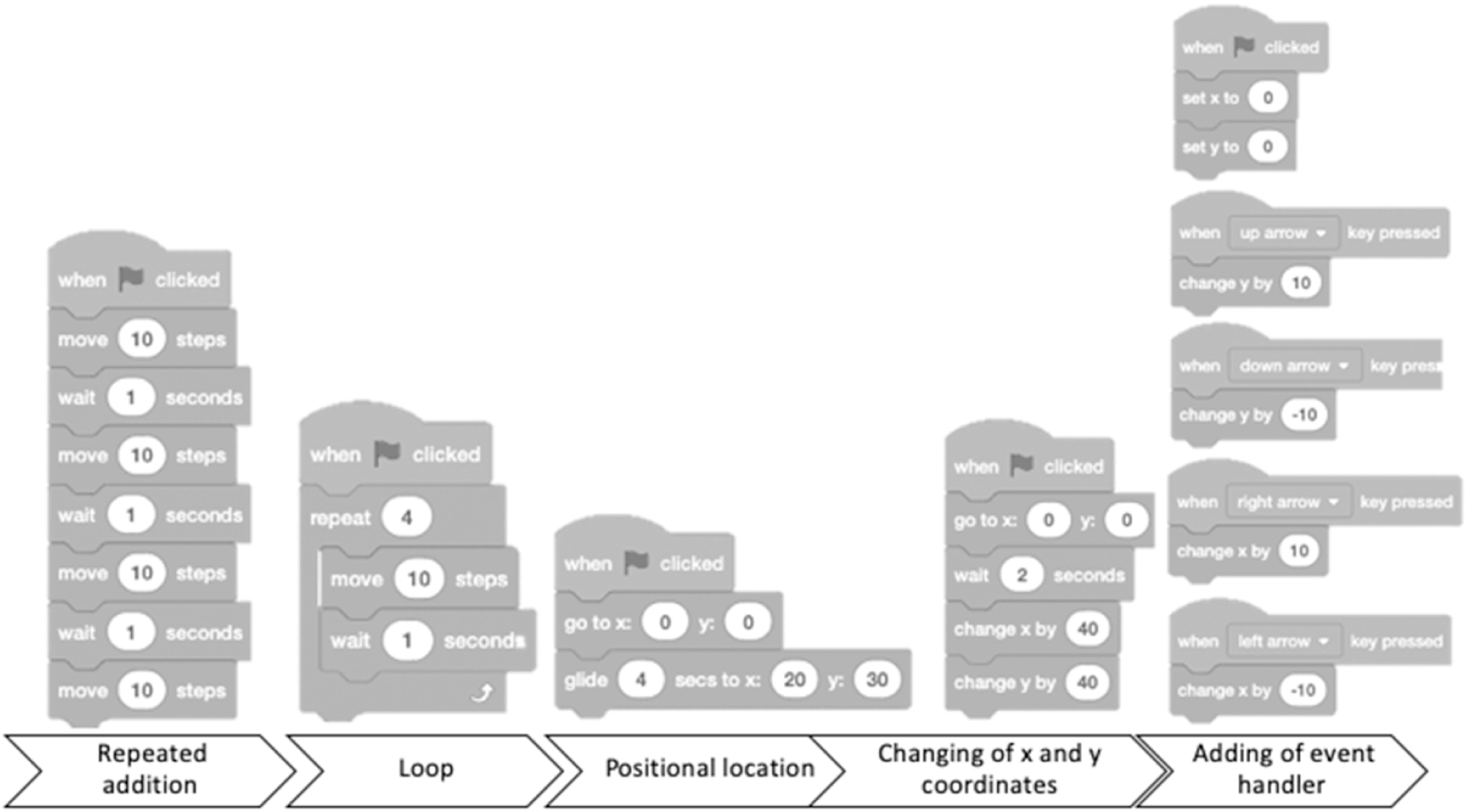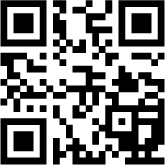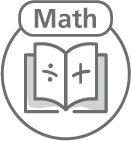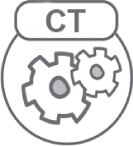Introduction
The Industrial Model of Education Must Change
Visualize a telephone from one hundred years ago. Two months ago, I was in my father’s basement with my daughter when she found an old rotary phone. She asked how it worked and began poking her finger into the round holes by each number. With her finger in one of the holes, I slowly rotated the dial around. She watched in awe as it returned to its original position. “Wow,” she remarked. “You had to do that seven times before having it ring on the other end? Didn’t that take, like, forever?”

Unlike the telephone, our educational system hasn’t changed much from the classrooms of one hundred years ago. This is expressed in “I Sued the School System,” a YouTube video created by Prince Ea, an American rapper, in 2016 that has gone viral, receiving nearly 22 million views at the time of this printing (youtu.be/dqTTojTija8). The video contains a strong message for change, as the narrator calls “School” to the stand and accuses him of killing creativity and individuality. The “case” begins with images showing the changes in telephones and cars over the past century, and there is an audible gasp from the crowd when the image of a classroom from one hundred years ago is compared to one we see today. There is virtually no change.
For change in education to occur, we need to redefine what it means to be an educator. The video challenges us to think about how the world has progressed and requires students who can think creatively, innovatively, critically, independently, and with the ability to connect. For their important role in shaping future leaders, the speaker argues that teachers should earn as much as doctors. Just as doctors treat each person as an individual and perform tests to determine what treatment will help improve their patient’s health, teachers must help students improve their ability to process and use information. Learning to code and think computationally can help students master vital digital age skills (Williams, 2016).
Education Is Moving from Teaching to Learning
Those who went into teaching twenty years ago studied subject matter and teaching methodologies, and were often considered (and considered themselves) the holders of knowledge. With the availability of the internet, however, educators may no longer be the subject-matter experts in the classroom. Through Google searches, YouTube videos, and other methods, students are constantly finding and engaging with content they find interesting and have a passion for. In today’s classroom, it is quite possible that a student knows more about a given topic than the teacher does.
Thanks to technology and connectivity afforded by the internet and mobile devices, students no longer need to sit in a traditional classroom to learn the same thing at the same time. Students have access to tools such as Khan Academy, LearnZillion, Dreambox, IXL, and a variety of others to allow them to learn almost any subject they want to know more about. Gone are the days of having students leave school in June and return in September to “pick up right where they left off.” Students now leave for the summer only to continue learning, exploring their passions and gaining a whole new set of skills and background knowledge.
Changing our model of education involves shifting our focus from a teaching pedagogy to a learning pedagogy. In a teaching pedagogy, one asks, “What should I teach?” In a learning pedagogy, one asks, “What should my students be able to do with what they learn?” Both are important to the educational process and can be explained from the vantage point of the Golden Circle.
Within this construct, teaching is the “how” (the process or delivery mechanism) and the “what” (the content delivered or knowledge imparted). Motivation becomes a key factor in learning, as this should be the “why” of the educational process.
Here is where coding and computational thinking (CT) become so important. Coding and CT provide a vehicle for students to become creators with and/or of content, rather than just consumers of content. For example, students in a first grade class at Central Elementary School in Rhinelander, Wisconsin, were learning about addition and subtraction. Some of Ms. Kitzerow’s advanced math students were struggling with the mathematical concept of adding two numbers and subtracting a third number (for example, 2 + 5 − 3). Ms. Kitzerow provided students with a traditional number line, but they still struggled. Then she decided to use her Code & Go Mouse robots with a number line she created on the floor using blue tape. One student finally had an “aha!” moment and said, “I get it! I move forward two and then five more. After that I move backward three.” Seeing the robot mice move forward and backward within the intervals marked on the floor (the number line) helped the student visualize the concept with a hands-on, kinesthetic activity.
With the demand on teacher time to differentiate instruction for all learners, coding and CT are digital age skills that naturally lend themselves to differentiation. For example, there are at least five different ways to make a character move using any block-based programming language (as shown in Figure I.1). While all of these ways achieve the goal of creating character movement, students will naturally find ways that work for them. Those with stronger CT skills will instinctively begin looking for efficiencies within their algorithms, as well as more complex ways to create movement.

Figure I.1. Five ways to make a character move with example Scratch blocks.
Using This Book
This book will explore why you should be teaching coding and computational thinking, show how you can teach these skills using a variety of tools, and finally demonstrate what you can do now to add these skills to your existing curriculum and teaching.
Throughout this book you will find a variety of useful icons and QR Codes. The resources embedded throughout this book are representative of educational classrooms across the world.
|
Try It! These icons indicate additional lesson plans, videos, resources, and other activities for you to explore. |
|
Subject Area Focus: Look for these when trying to find resources that fit within a specific content area such as math, reading, ELA, science, social studies, music, art, or physical education. |
|
CT Connection: These icons call out intentional computational thinking connections (decomposition, pattern recognition, abstraction, algorithmic thinking). |
What makes No Fear Coding different than other coding books or products is that it will not ask you to teach coding as a separate subject, but it will intentionally show how to incorporate the skills of computer science within the instruction you are already responsible for covering. This book will challenge you to think computationally as you help students break down problems and create the thought processes needed to solve them.
No Fear!
The most important thing you can do is jump in and begin using the activities in this book. Remember that you do not need to be the expert. It is okay to have your students take center stage as the lead learner.2
No Fear Coding is about having a growth mindset and allowing yourself to learn with and from your students!
Teachers can use the information in this book to:
- model risk-taking;
- use Bee-Bots to practice letters and numbers;
- use Code.org to help young coders explore cardinal directions (up, down, right, left);
- use Scratch to create a video game demonstrating knowledge on electricity;
- use Sphero or Dash to present a historical account of the Civil War;
- use ARIS to create a walking tour of your community; and/or
- incorporate coding and computational thinking activities into teaching the Standards for Mathematical Practices.

The website for this book (nofearcoding.org) contains worksheets and rubrics for lessons within the book, as well as links to resources and projects.
2 In Creative Coding: Lessons and Strategies to Integrate Computer Science Across the 6–8 Curriculum, author Josh Caldwell describes being a lead learner as “giving up your role as the fount of knowledge in the classroom and embracing your role as a fellow knowledge seeker” (learn more at iste.org/creativecoding).


